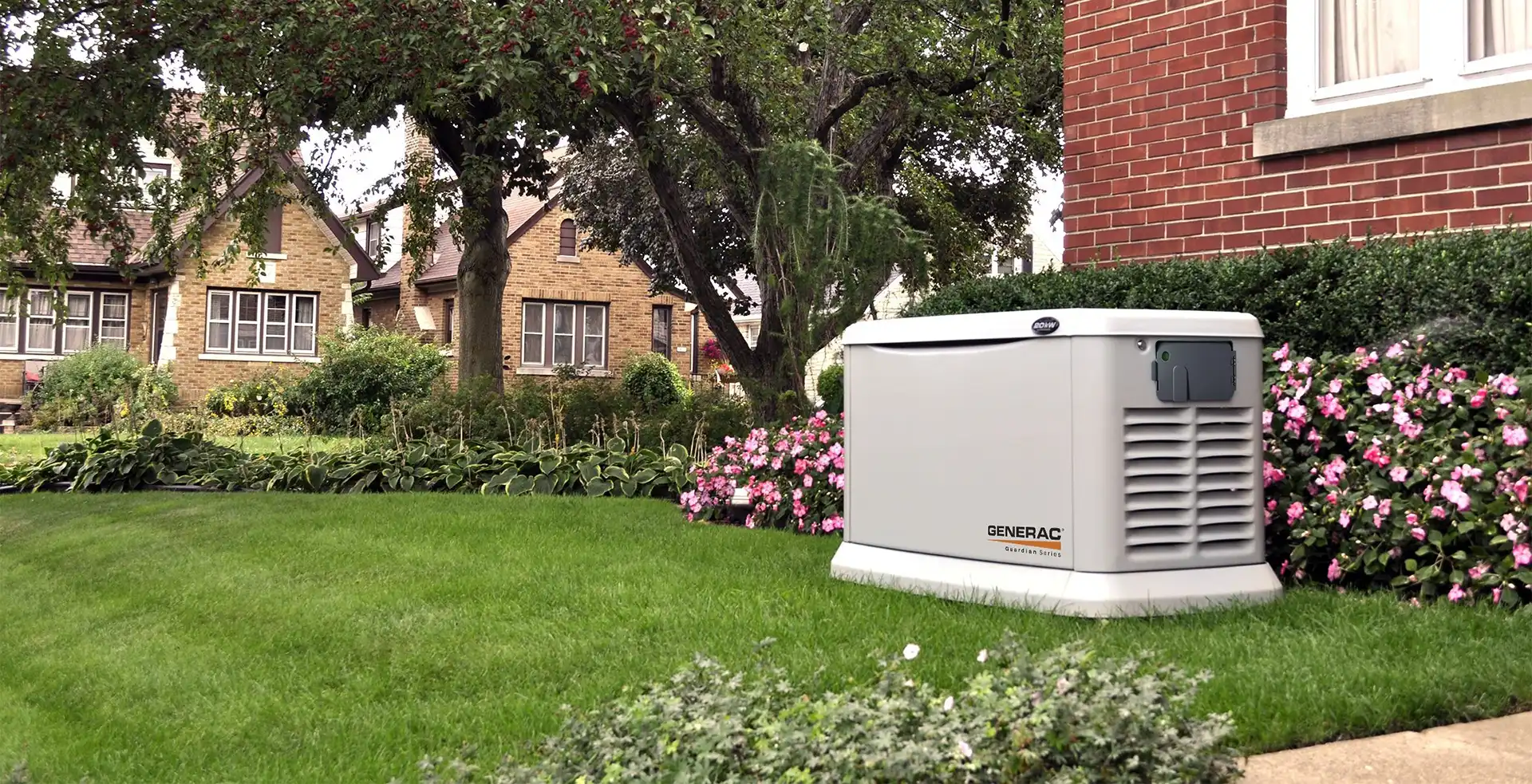Heat Pumps: the Future of Home Heating
Hello! Here’s a comment with some extra info on efficiency and the metering devices used in heat pumps.
First: my wording on the efficiency drop in the cold was sloppy, and it sounds like I’m suggesting the need for defrosting is the only reason it loses efficiency. It is a reason, but not the biggest one – that’s simply that as the outdoor temperature gets colder, it’s harder for the refrigerant to absorb heat because the temperature difference between it and the air gets smaller. In fact, in the clip when it was -10°, it wasn’t building much frost at all because it was very dry. But that was so cold that the refrigerant could barely capture any energy, which is why its output was tepid. And to be clear, its rating down to 5° doesn’t mean it operates at full efficiency at that temperature. That’s just the lowest temperature that it can sustain its rated heating output.Re: metering devices. I still somewhat suspect that the mini-split has a capillary tube and largely because of its cost. It was surprisingly inexpensive (this unit was about $1000, but the smallest units from this same manufacture only cost $750 and are fully capable heat pumps). If you use a thermal expansion valve or similar, you need one for each direction which adds to the system’s complexity somewhat. I’d still argue that it hardly does – it is, after all, one or two small components of a large system. But simply reversing the refrigerant flow doesn’t work on its own in systems that use these more complex metering devices. They’d need some additional piping and valve work (some such valves were visible in the demo rig) to accommodate two metering devices for each direction of flow.





